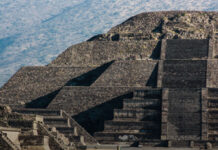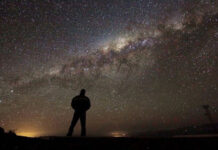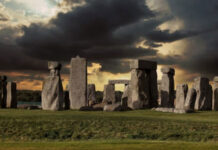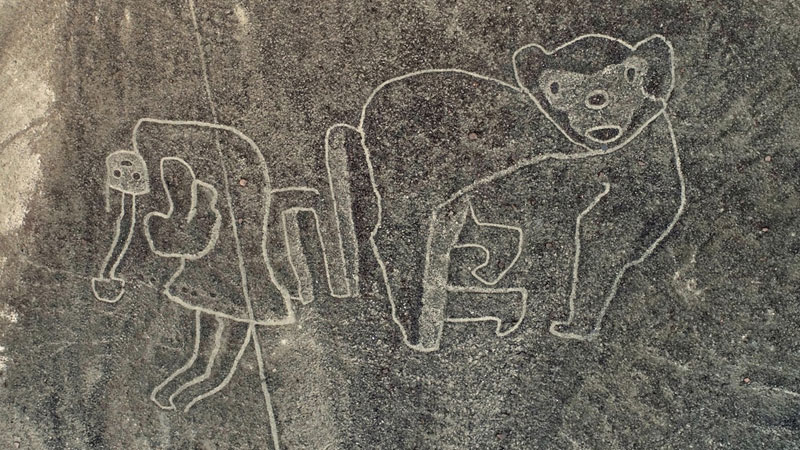
Using drones and satellite images, Peruvian archaeologists have discovered more than fifty mysterious lines and geoglyphs in the Nazca desert, Peru, which are more than 2000 years old.
“We identified new geoglyphs, in total we are talking about 15 to 20 groups of figures, and if we identify them individually we are talking about between 50 and 60 new figures,” said archaeologist Johny Isla, one of those responsible for the discovery together with his colleague Luis Jaime Castillo.
The new lines would have been drawn before the famous Nazca lines and are located in the hills that surround the Palpa valleys, far from where the Nazca lines are located but in the same coastal region as Ica, southern Peru.
The discovery comprises human figures, birds and felines, which with the passage of time and the winds in the area have become imperceptible to the human eye at surface level.
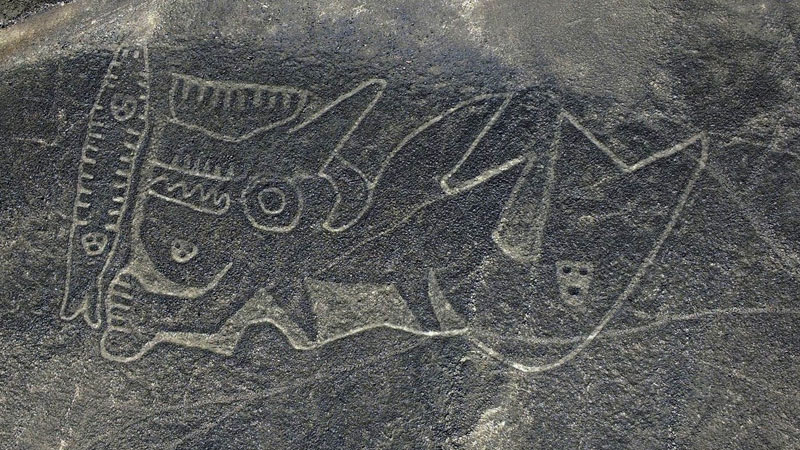
“These geoglyphs are older than those of the Nazca culture. They belong to the Paracas and Topará cultures, which are quite unknown,” said Isla.
The discovery was published in the National Geographic magazine.
“Most of these figures are warriors. They could be seen from a certain distance, so people had seen them, but over time they were completely faded,” said Castillo, a supporter of the use of drones for archaeological tasks.
According to the Peruvian researchers, who had the support of American colleagues from the GlobalXplorer project, some of the images discovered could date back to a period between 500 and 200 BC.
Archaeologists are convinced, however, that the geoglyphs were made during the civilization of the Nazca culture, whose inhabitants occupied the area from the years 200 to 700 of the Christian era.
The famous Nazca lines, recognized as a World Heritage Site, are more than 2,000 years old geoglyphs with geometric figures and animals, which can only be appreciated from the sky.
Their real meaning is an enigma: some researchers consider them an astronomical observatory, others a calendar.




